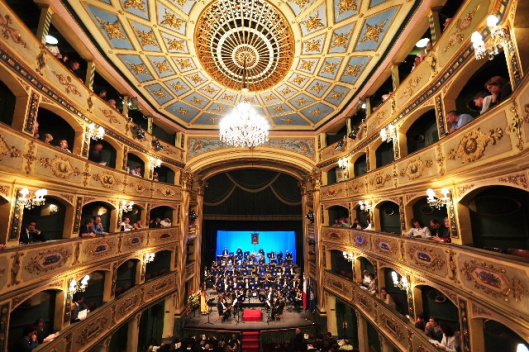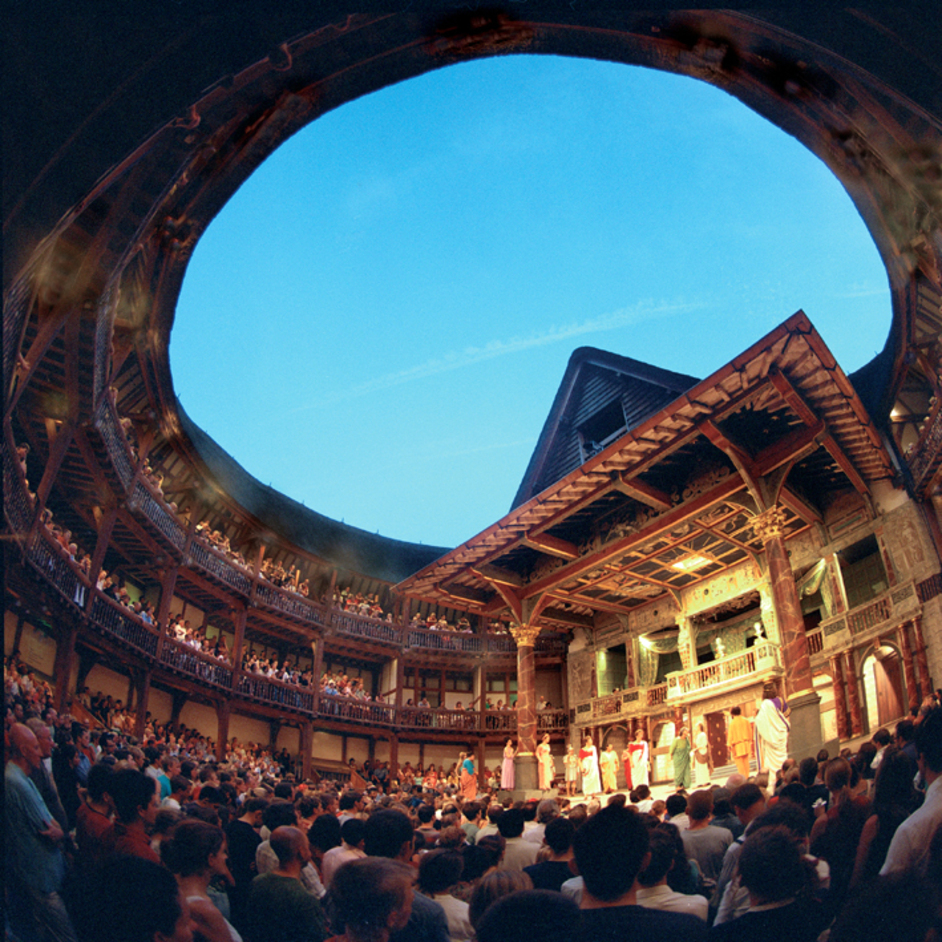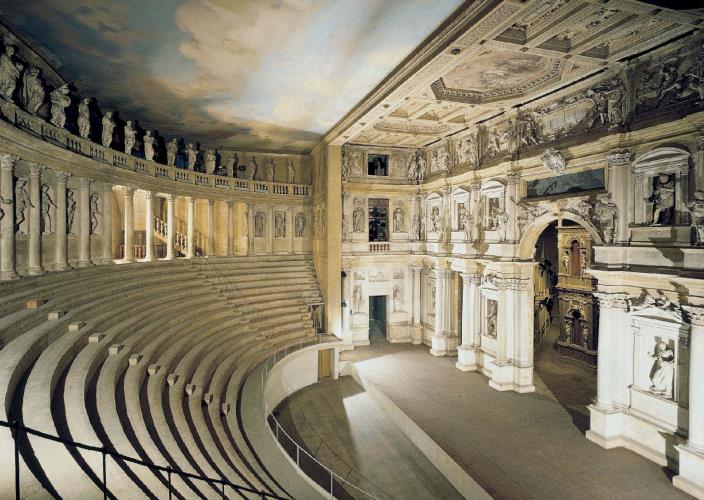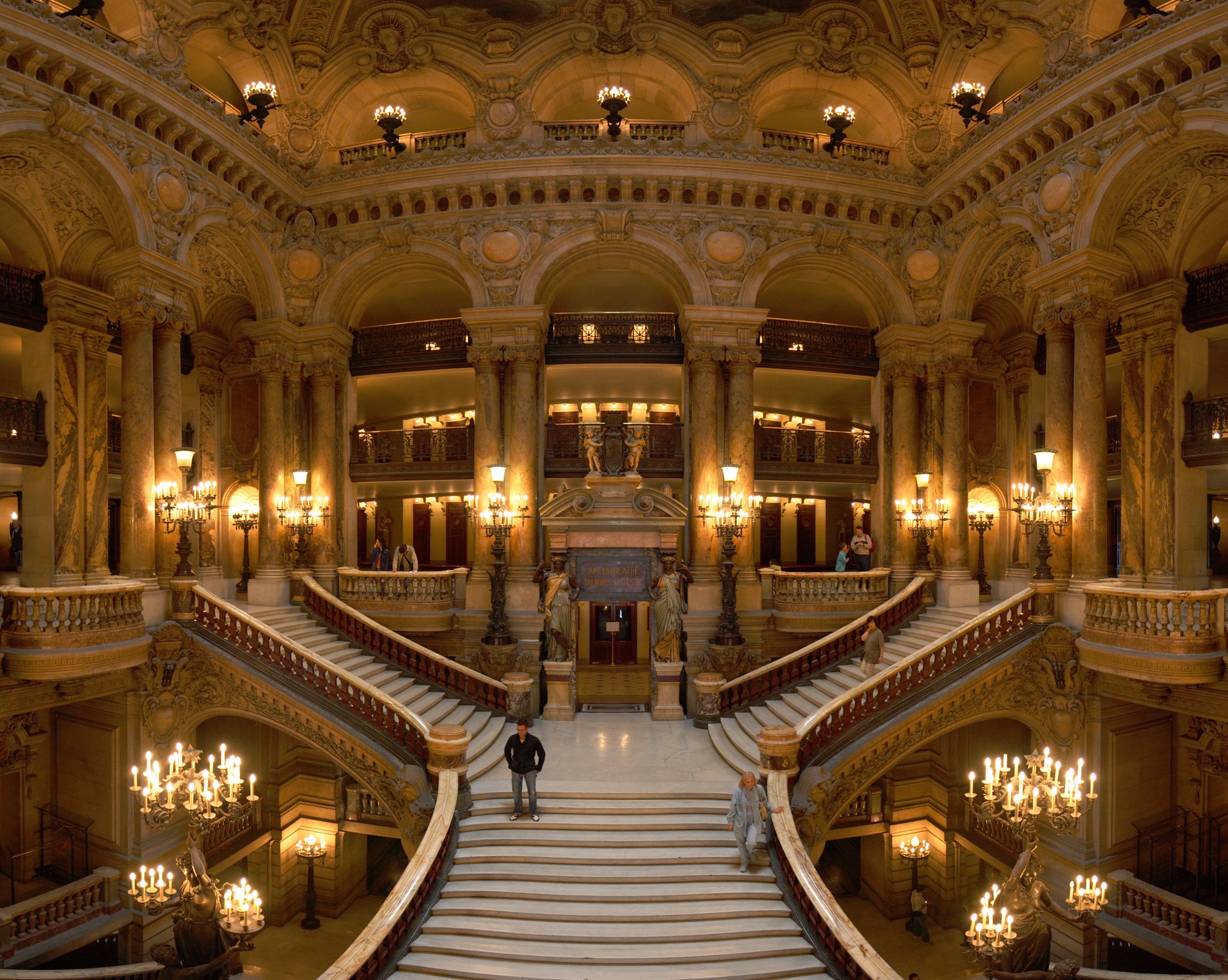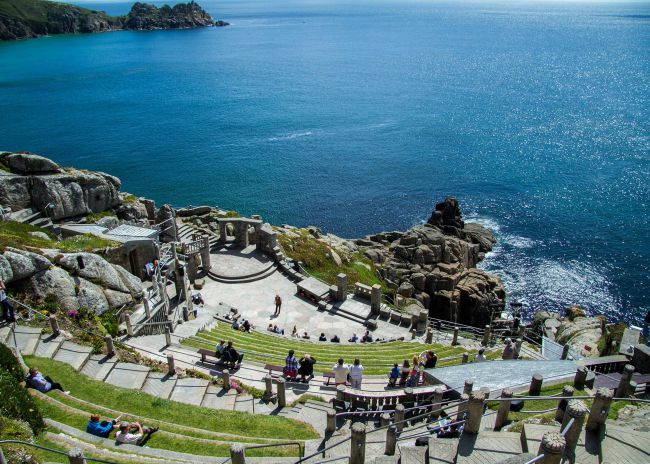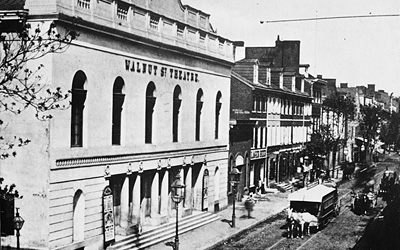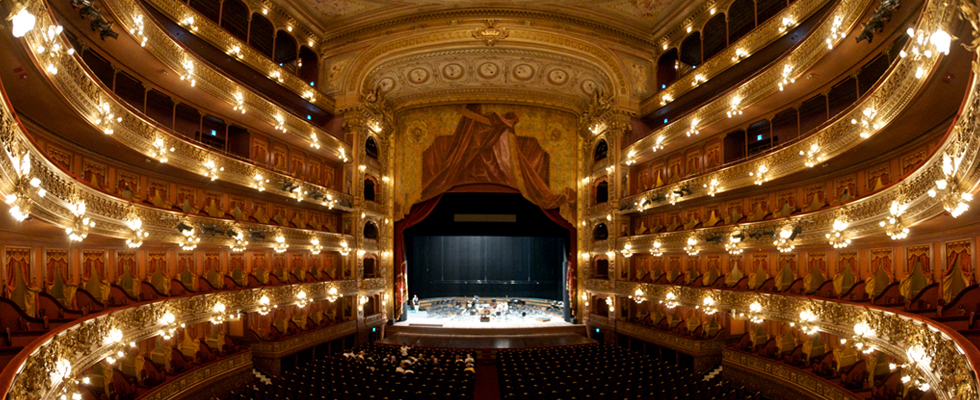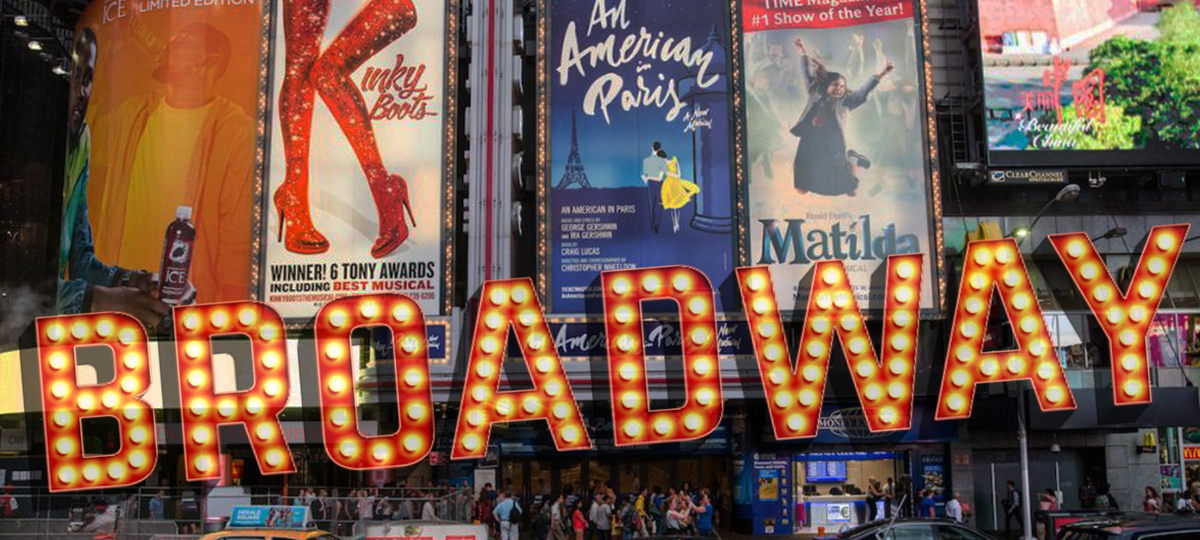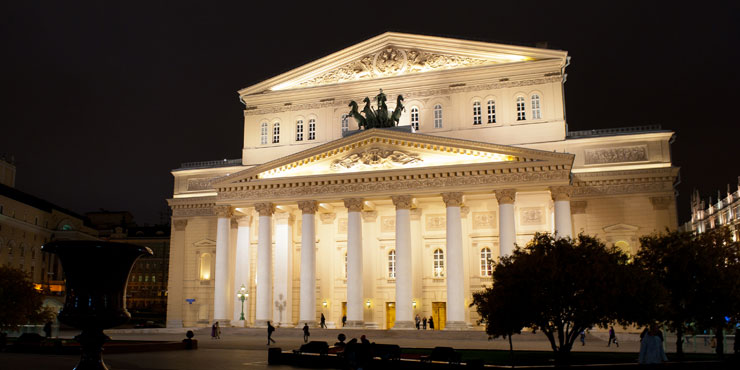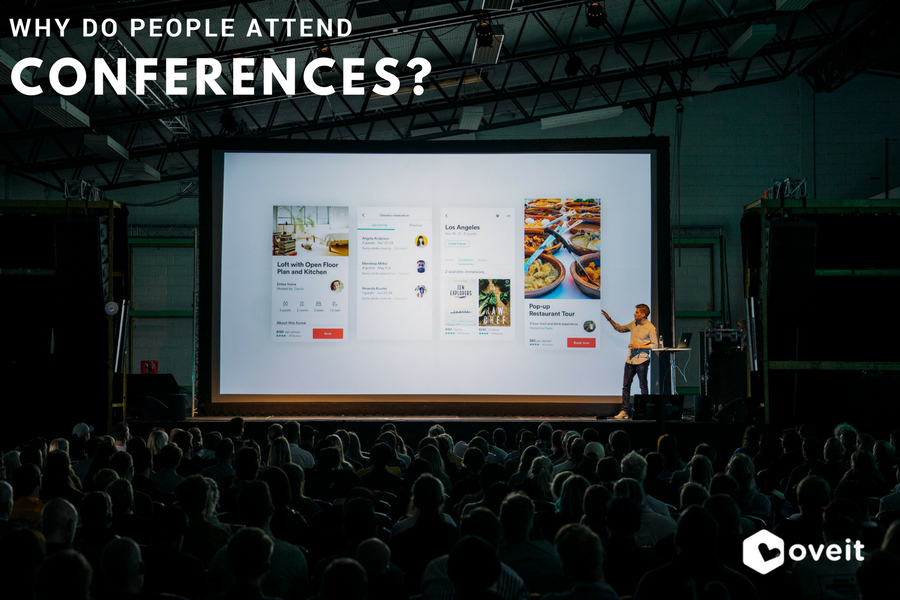In today’s world, cash is not a preferred method of paying for goods and services. More and more businesses around the world have decided to eliminate the need of dealing with cash. There are other innovative payment alternatives, replacing the old-fashioned way of paying with cash. The hospitality and tourism industry is no different from the vast majority of businesses that adopt cashless payment alternatives. Travelers don’t feel comfortable when carrying cash during their holidays. Businesses that are part of this industry and not only, will transform usual customers into loyal ones, will increase sales, and improve the overall user experience considerably, if they switch to a cashless payment alternative.
Cashless payments and loyalty programs in resorts and hotels
Businesses that are part of the hospitality and tourism environment need to differentiate themselves from their competitors. It is an extremely competitive market, where customers have a variety of options to choose from. For a hotel, it is not enough to only provide bed & breakfast. Guests expect tailored and unique experiences. What if I told you that a simple key card can take on many roles, transforming your regular guests into loyal ones? Let’s take the example of a hotel chain, with several locations around the world. The majority of hotels and resorts, provide their guests with key cards for room access only. However, those cards can be used as: payment, entrance to specific areas, bonus, and loyalty cards in any participating location, therefore creating an ecosystem. Besides these great features, you will have access to qualified data that can be used strategically.
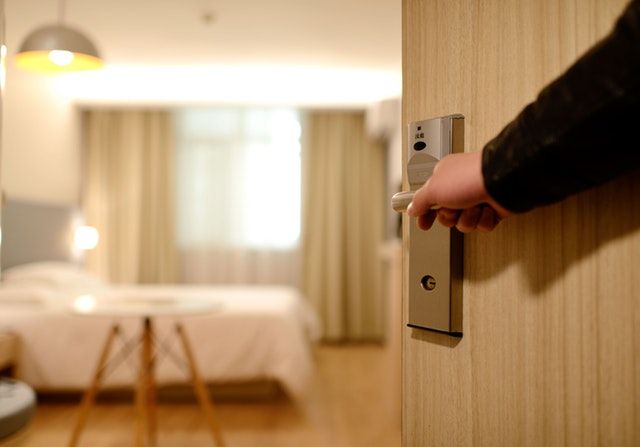
Among companies using incentives, 79% of them report a success rate and achieve the established goals . In the case of hotels and resorts, rewarding guests accordingly is very important. The reward is based on different aspects, such as number of bookings, amount spent within the hotel, referrals and not only. An easy way to make all this information available is by creating an ecosystem, therefore enabling to differentiate between gold and silver members for example.
Supporting local businesses by partnering up with hotels and resorts

Hotels and resorts might choose to partner up with different businesses and contribute to the local economy. Depending on the purpose of your trip, the likelihood of willing to explore the surroundings are very high. For this reason, partnerships with local restaurants, cafes, shops, museums have a positive impact on the customer purchase experience. One creative way to achieve this, is to integrate the internal payment system of a hotel or resort with its partners. Guests will have the option to pay with their key card at partner locations, therefore expanding the ecosystem. Since all transactions are recorded, external vendors have access to relevant reports. They will be able to reward their loyal customers on their behalf.
The cashless payments solution that Oveit has put into place can easily achieve the above mentioned for any hospitality and tourism business. There might be times when internet is not available in every location that uses our system. We thought about this scenario and came up with a solution for it. Our technology has the capacity of working both online and offline, meaning that whenever internet goes down, the customer experience and the recorded data won’t be affected at all. We bet that you are asking yourself how we achieved that, but we invite you to find out for yourself!
